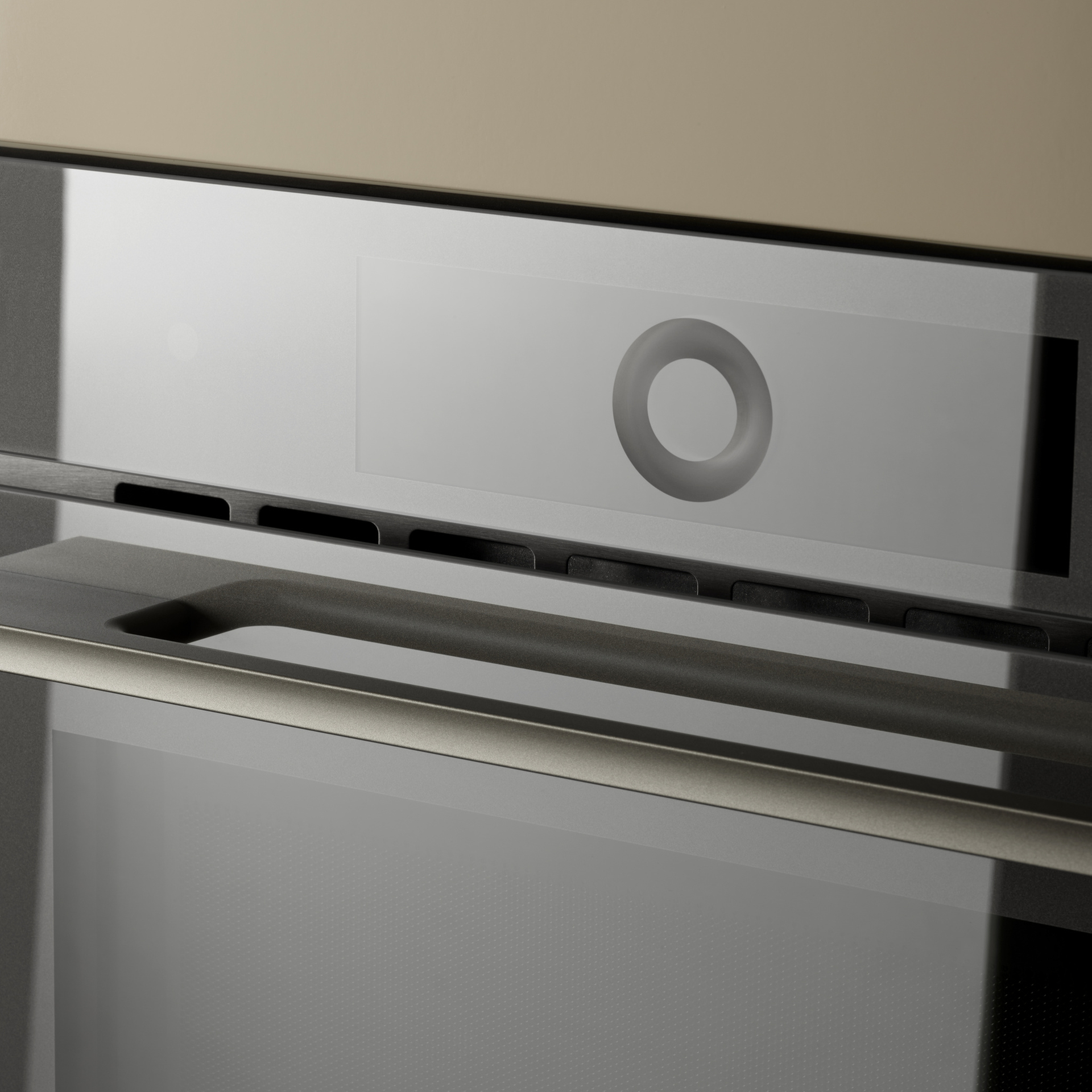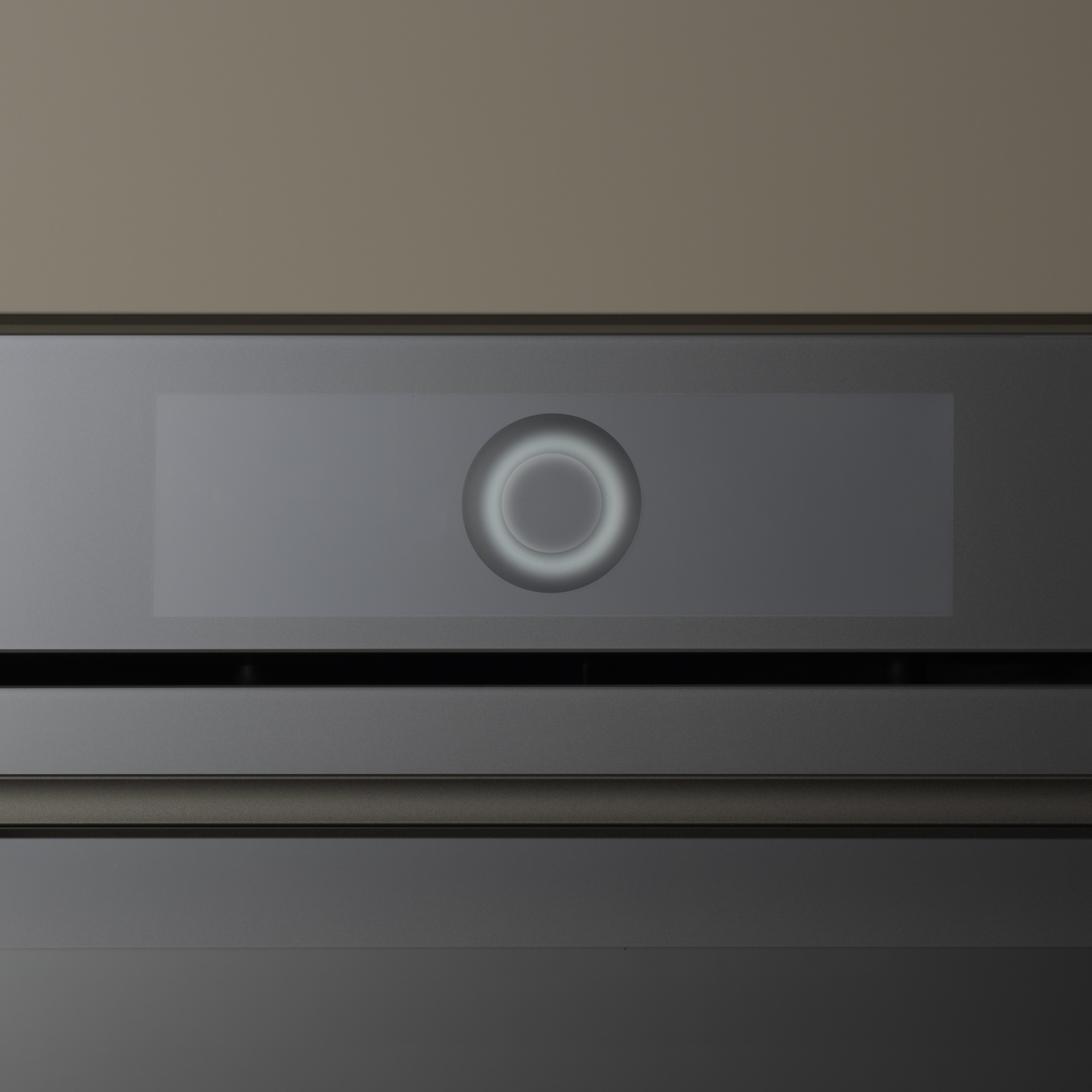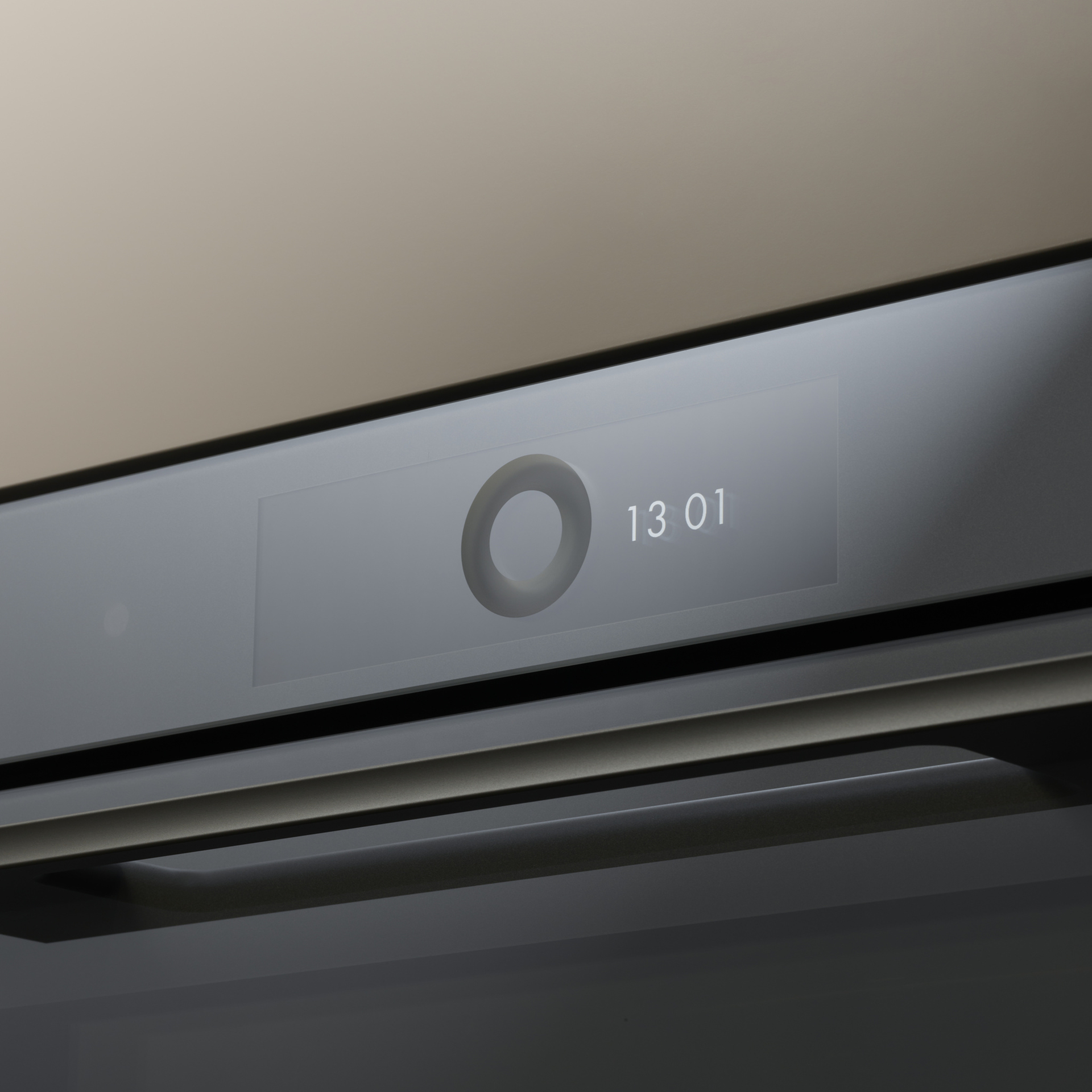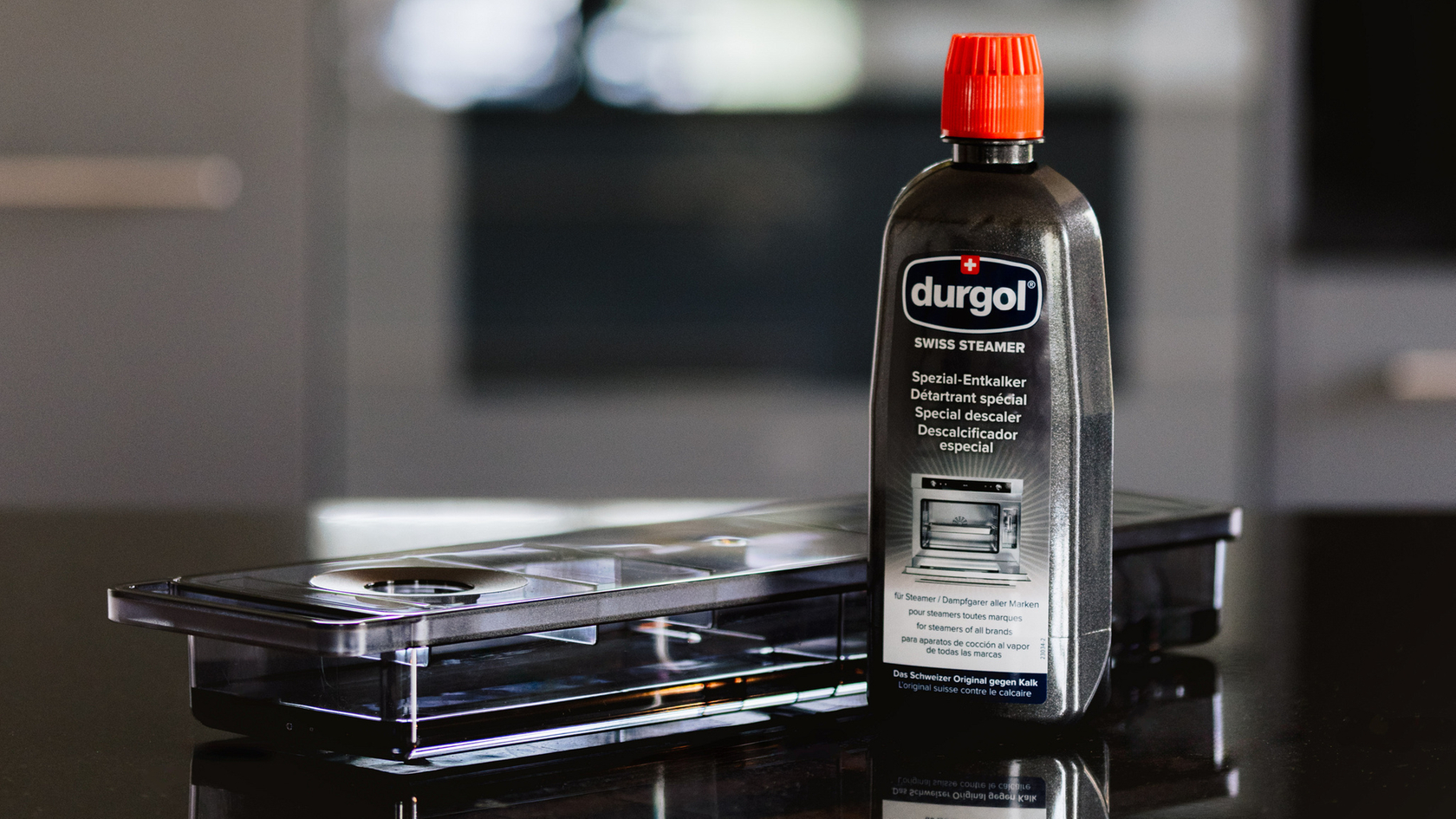Quick daily cleaning
Once the appliance has cooled to merely warm to the touch, wipe away any condensation with a soft cloth. After baking, remove crumbs and small spills using a cloth dampened with warm water and mild detergent. Finish by gently wiping the cavity dry.



